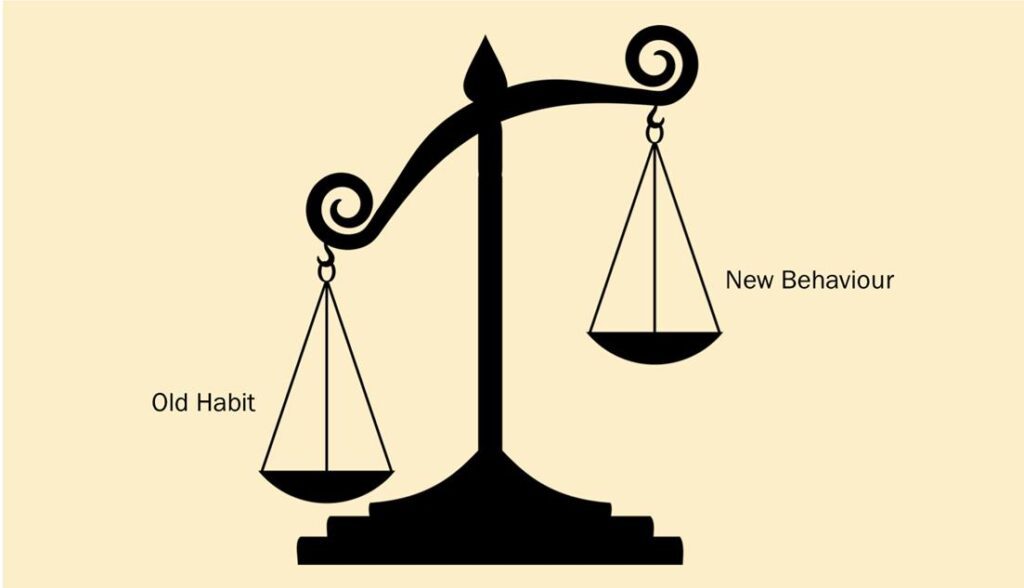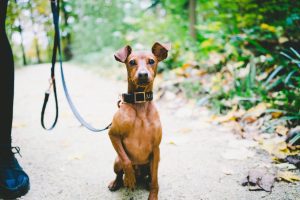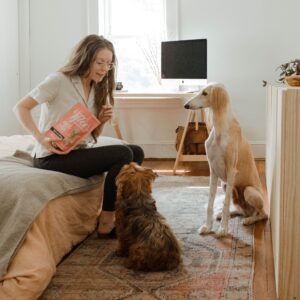Get an awesome recall. Join my 30 day, step by step program now...
How to break, and make, new habits in dog behaviour training
When it comes to habits, dogs are the same as us. When a behaviour is repeated frequently enough, it becomes instinctive. So how do we break, and make, new habits in dog behaviour training?
So, how does it work?
How can I help you with your dogs behaviour training?
Private Dog Behaviour Consultations are currently available online and in-person in Dundee and the surrounding area. If you are looking for help solving your dogs behaviour and training problems, please get in touch!
Habits are complex things

Take it step by step
Then, we fulfil the need in other ways. A dog that is worried about food might be helped by more frequent meals, or a tighter feeding routine. A dog that is reactive to other dogs might benefit from actively maintaining a safe distance from other dogs for a while, so they can build confidence slowly. This will reduce the need for the behaviour in the first place and make it easier for them to accept a replacement.
Once you’ve introduced both those things, you can stop them doing what they always did before, whilst redirecting to the new things you have taught them. This will feel clunky and awkward at the start. Don’t forget, you are asking your dog to take a leap of faith and do something different to what their instincts are compelling them to do. Stick with it though, repetition and consistency is key here.
He doesn’t know it yet, though
Just as he starts getting the idea, you will start to relax. This is the time when many people stop, after all he knows it, doesn’t he? But, as we can see, knowing how to do something is not the same as doing it instinctively. It is not a habit yet.
To make it a habit he needs you to help him keep it going many, many more times. Over time the scales will start to tip as the number of times you repeat the new behaviour will outweigh the old behaviour. Only when the scales have fully tipped have you made a new default behaviour. Only then will he instinctively choose the new behaviour over the old one.
As most people quit long before they reach that stage, the dog will simply revert to his old habits. They will think their training failed. When in reality, he just needed more time and practise. Just like a footballer, they don’t learn how to play and then just get on with it. They run set pieces over and over, and keep practising, even when it feels easy, and they are good at it. This is what you must do with your dog. When you practise, practise, practise, the new behaviour will soon take over as the default and only then will you have a new habit!
How can I help you with your dogs behaviour training?
Private Dog Behaviour Consultations are currently available online and in-person in Dundee and the surrounding area. If you are looking for help solving your dogs behaviour and training problems, please get in touch!
How can I help you with your dogs behaviour training?
Private Dog Behaviour Consultations are currently available online and in-person in Dundee and the surrounding area. If you are looking for help solving your dogs behaviour and training problems, please get in touch!


